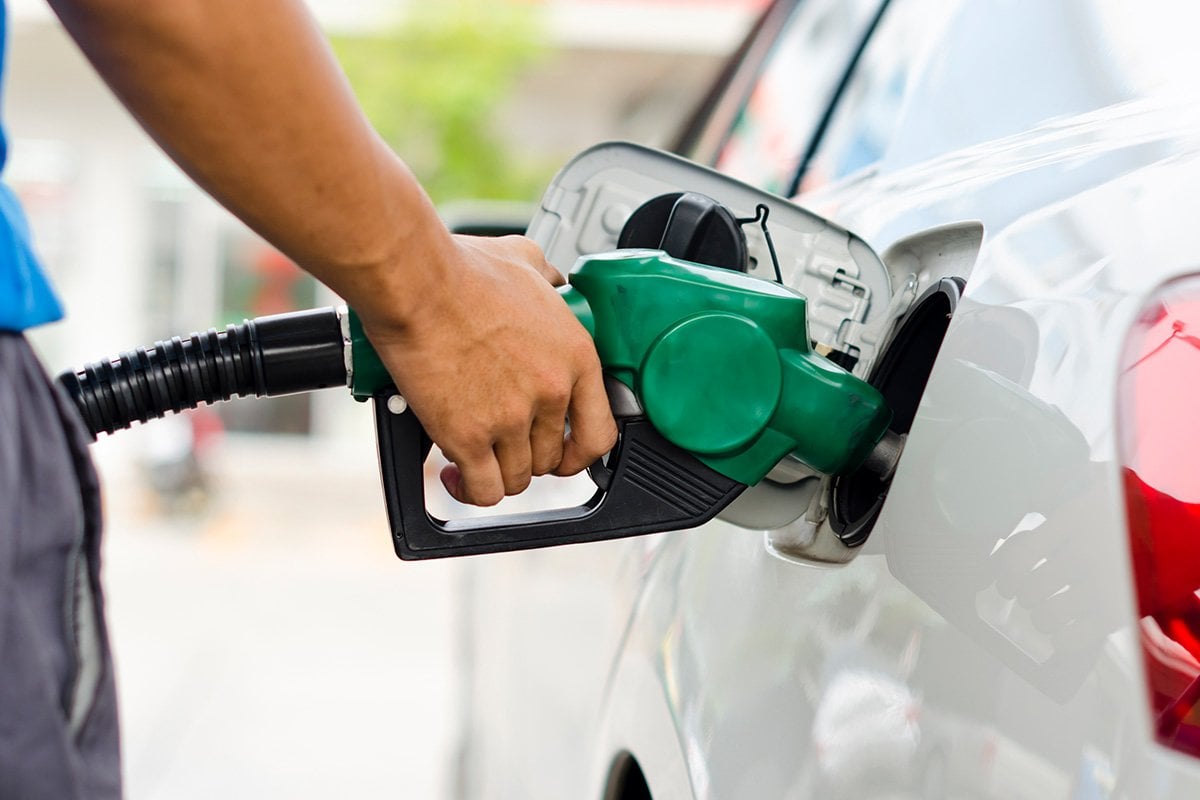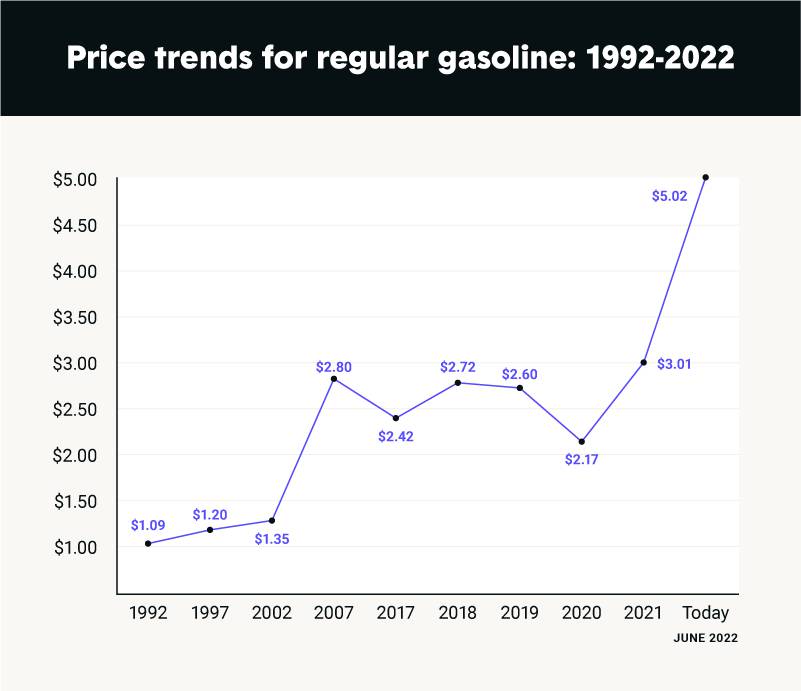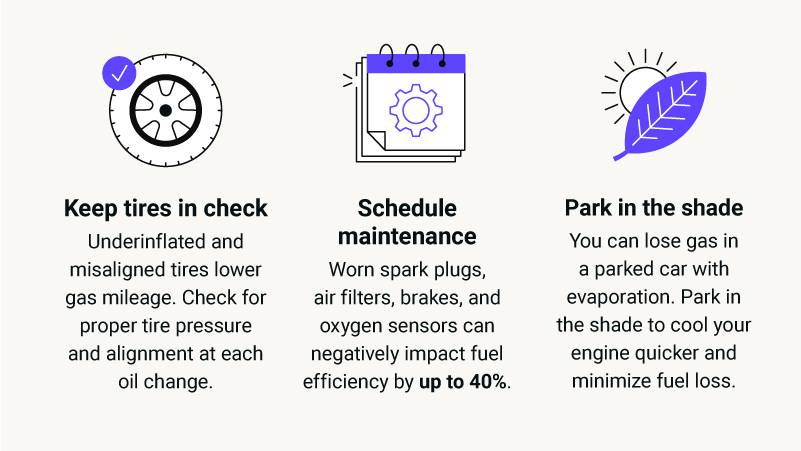Practical fuel saving strategies
Skies are blue and the sun is warm, but a gray cloud still looms over the U.S. this summer — the national average price of gas reached $5 a gallon[1]. In California, it’s already well past the national average at more than $6 a gallon.
Let’s put into perspective how much the average American will spend in a year with gas averaging $5 a gallon. On average, a full tank of gas in newer vehicles will take drivers about 350 miles. At $5 a gallon, that’s $70 for each fill-up (excluding tax).
The average American drives 14,263 miles a year[2]. Using these numbers, that equates to approximately 41 fill-ups and roughly $2,853 spent on gas per year.
Wasting gas is not an option with fuel prices so high. But by implementing sensible driving habits and regular car maintenance, you could improve gas mileage by several cents to a few dollars per gallon of gas. If you’re stretching the time between fill-ups and accidentally run out of gas, check with your auto insurance provider to see if you have roadside assistance to bring you fuel.
Keep reading to learn how to improve gas mileage year-round, or jump to the infographic for a quick review. The data in the chart below comes from Statista[3]. The majority of the data in this article comes from the Department of Energy’s source for fuel economy news[4].






